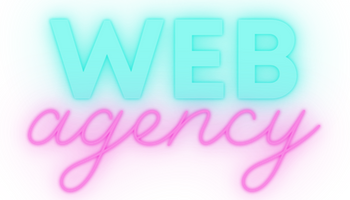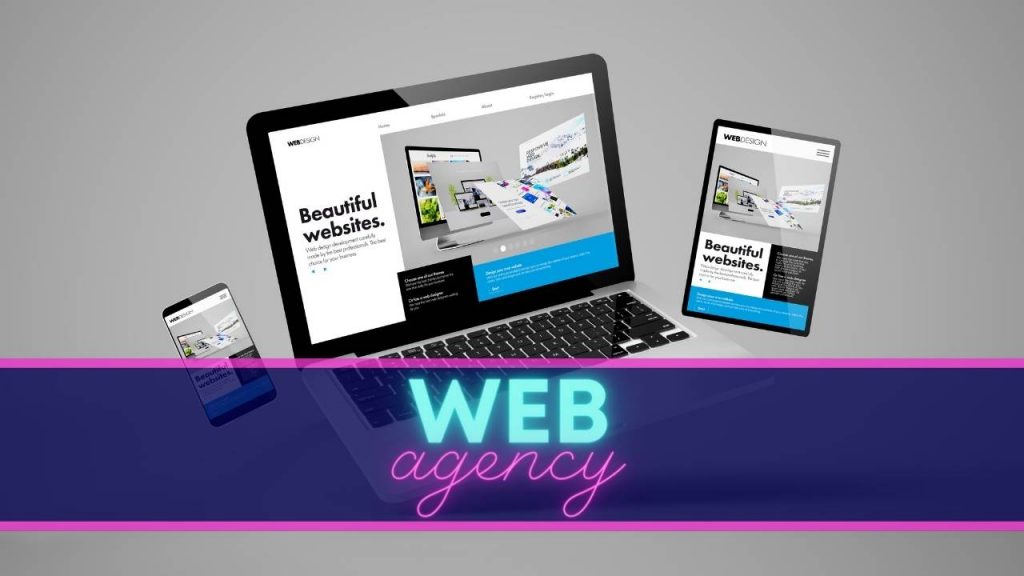User interface (UI) and user experience (UX) are two fundamental aspects of website and mobile application design. UI is about visual presentation and interaction with the user, while UX is about creating an overall positive experience for the user. In this article, we’ll take a closer look at what UI and UX design are, why they’re important and how they can improve your website or mobile app.
What is UI design?
Definition and objectives
UI design (user interface design) is the visual aspect of a website or mobile application that enables the user to interact with the product. The aim of UI design is to create a visually pleasing and intuitive user interface to facilitate navigation and understanding of functionalities.
.
Key elements of UI design
.
The key elements of UI design include typography, color, layout, icons and images. Typography plays an important role in UI design as it is used to convey important information to the user, such as headings and paragraphs. Color is also important, as it can help establish visual hierarchy and create a particular mood or tone. Layout is used to organize user interface elements in a logical and intuitive way, while icons and images help to communicate ideas and concepts visually.
Tools and software for creating UI design
There are several tools and software available for creating a UI design, including graphic design programs such as Adobe Photoshop and Illustrator, as well as specialized user interface design tools such as Sketch, Figma or Adobe XD. These tools enable designers to interact with UI elements to create visual mock-ups, which can then be tested and improved before going into production.
.
What is UX design?
Definition and objectives
UX design (user experience design) is the set of stages in the design of a digital product that aims to create a satisfying and positive user experience. The aim of UX design is to meet the needs and expectations of users by creating a fluid, intuitive and pleasant user experience.
.
Key stages of UX design
The key stages of UX design include user research, information architecture, wireframing, prototyping and user testing. User research involves understanding user needs, motivations and behaviors in order to design an appropriate user experience. Information architecture concerns the organization of content and functionalities in a logical and intuitive way. Wireframing consists in creating functional models based on the information architecture, in order to plan the various stages of the user experience. Prototyping is an important step in testing and refining the user interface before it goes into production, while user testing enables us to gather feedback and information on the user experience in order to improve it.
Tools and software for creating UX design
There are several tools and software for creating a UX design, including graphic design tools such as Adobe XD and Sketch, wireframing tools such as Balsamiq and Figma, and prototyping tools such as InVision and Axure. These tools enable designers to create functional mock-ups, interact with users and test the user experience in order to improve it.
What are the benefits of UI and UX design ?
UI and UX design offer numerous advantages for companies and users:
Improved user experience
.
UI and UX design enable the creation of intuitive, easy-to-use user interfaces, which can significantly improve user experience and satisfaction.
Increasing user engagement
By creating visually appealing and intuitive user interfaces, UI and UX design can encourage users to spend more time on the site or app, increasing their engagement.
Reducing costs and negative feedback
By designing and testing the user interface upstream, companies can reduce the costs associated with negative feedback and revisions, while increasing development efficiency.
Competitive benefits for companies
Companies that invest in UI and UX design can have a competitive advantage over companies that don’t, as they are more likely to provide a superior user experience and build customer loyalty.









